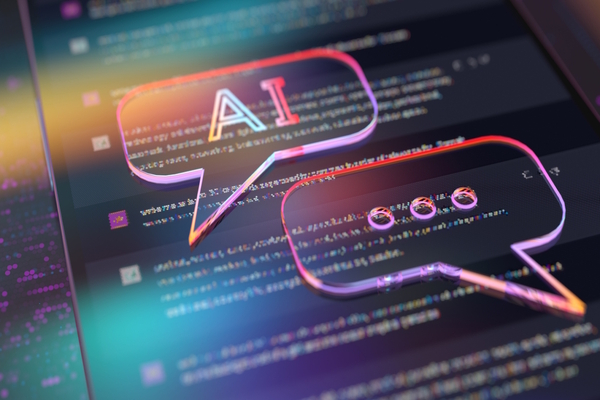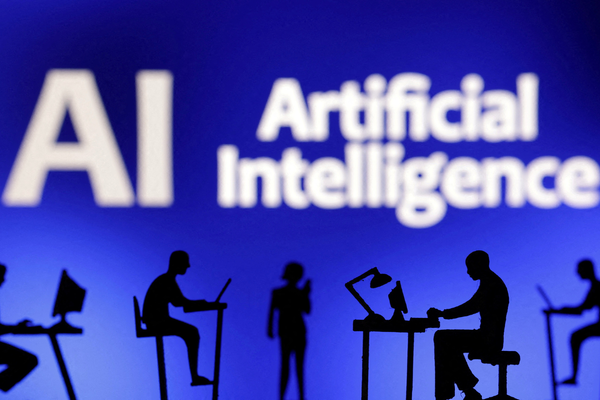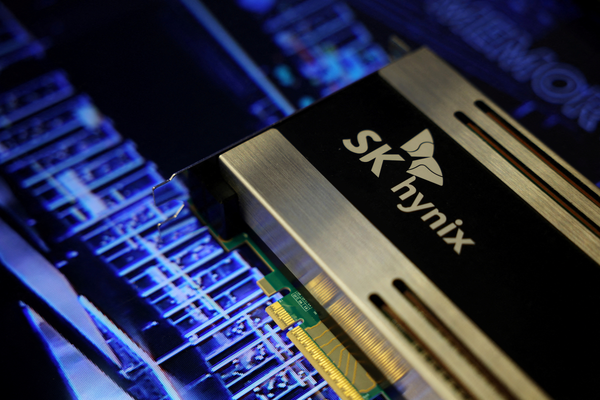Operationalising AI

Jakob Freund at Camunda considers the hidden cost of autonomous AI (and how to control it)
Enterprise AI adoption isn’t just accelerating; it’s redefining how organisations operate. AI agents, generative AI, and advanced automation are beginning to reshape decision-making, process execution, and customer experiences.
Yet as organisations race to achieve “autonomous enterprise” status, many risk trading control for operational chaos and efficiency for spiralling costs.
The goal of AI has always been to increase the degree of automation. However, organisations looking to operationalise AI at scale without an orchestration layer risk breaking the bank, losing control over operations, and derailing compliance. True autonomy requires accountability, ensuring that while AI acts independently, it does so within clear frameworks that preserve transparency and oversight.
AI demands new architecture
By 2025, one in four enterprises using generative AI are predicted to deploy AI agents, or autonomous software entities capable of executing complex tasks independently. By 2027, that number is expected to double.
Yet, the path to operationalising AI remains bumpy. While most organisations plan to embed more AI into automation strategies, many still struggle to scale and operationalise it effectively. These challenges multiply in highly regulated industries, where it’s vital for AI decisions to be transparent, auditable, and compliant.
To realise AI’s potential without compromising control, organisations need a new operating model that keeps AI scalable, accountable, and under human oversight.
From automation silos to systems thinking
Too often, AI is implemented in silos. Think embedded AI in SaaS apps, disconnected robotic process automation (RPA) bots, or department-specific machine learning models. As a result, automation becomes fragmented, requiring human intervention to fix issues and defeating the purpose of using AI in the first place. In customer-facing use cases, broken automated processes can cause frustration or even churn.
Autonomy requires cohesion. This is where process orchestration becomes foundational. It connects AI agents, humans, systems, devices, and legacy technologies into unified, end-to-end business processes. It ensures every task, automated or manual, happens at the right time, with the right oversight, and in the right context.
Think of process orchestration as the difference between installing a self-driving feature on a car versus building an entire traffic system that coordinates millions of different types of vehicles. The former gets you moving, while the latter gets everyone moving safely.
Operationalising AI without breaking the bank
AI promises efficiency, but without careful orchestration, it can introduce unintended costs and risks. Not all processes require — or benefit from — advanced AI agents or large language models. In fact, much of AI’s value comes from knowing when to use it and how to control it. This is why understanding the differences between deterministic, dynamic, and agentic orchestration is essential.
Deterministic orchestration is the most familiar model. It governs processes using predefined logic such as rules, branches, and conditions mapped in advance. It’s reliable, fast, and cost-efficient, making it ideal for high-volume tasks with predictable outcomes. In regulated industries, it also provides the repeatability and transparency needed for compliance. However, it lacks the flexibility to handle exceptions, ambiguity, or change.
Dynamic process orchestration introduces more adaptability. Here, AI determines which tasks to execute and in what order based on context rather than pre-written rules. This approach enables automation in scenarios where inputs are unstructured or the best path forward isn’t known in advance. It’s powerful, but also harder to govern. Without proper oversight, dynamic orchestration can lead to inconsistent behaviour or decisions that are difficult to audit.
That’s why many enterprises are now adopting agentic orchestration, a hybrid model that combines the control of deterministic orchestration with the adaptability of dynamic orchestration. Agentic orchestration allows AI agents to make decisions and take action, but within defined parameters. It offers a balance: AI can flex and respond to unexpected inputs, while humans retain the ability to monitor, audit, and intervene when needed.
This layered approach is particularly important for scaling AI safely. It allows enterprises to route straightforward tasks through deterministic logic, while reserving AI-driven flexibility for more complex or variable scenarios. It also enables cost control, ensuring AI models are only used where their value justifies the investment.
In short, operationalising AI is about integrating the right level of intelligence, flexibility, and control into each process. The goal is for the entire system to work reliably, efficiently, and within guardrails.
The autonomous enterprise is hybrid by design
Despite the hype, the fully self-driving enterprise is still on the horizon. Most businesses will adopt a hybrid model where AI and humans co-pilot processes. Success will depend on an organisation’s ability to orchestrate both deterministic and dynamic workflows with intention and control.
Agentic orchestration is a necessity for the next phase of enterprise AI. It ensures that autonomy doesn’t come at the cost of trust, transparency, or performance. In the autonomous enterprise of the future, who (or what) makes the decision matters less than how that decision fits into the bigger picture.
Jakob Freund is CEO and Co-Founder of Camunda
Main image courtesy of iStockPhoto.com and Iurii Motov

Business Reporter Team
You may also like
Related Articles
Most Viewed
Winston House, 3rd Floor, Units 306-309, 2-4 Dollis Park, London, N3 1HF
23-29 Hendon Lane, London, N3 1RT
020 8349 4363
© 2025, Lyonsdown Limited. Business Reporter® is a registered trademark of Lyonsdown Ltd. VAT registration number: 830519543





